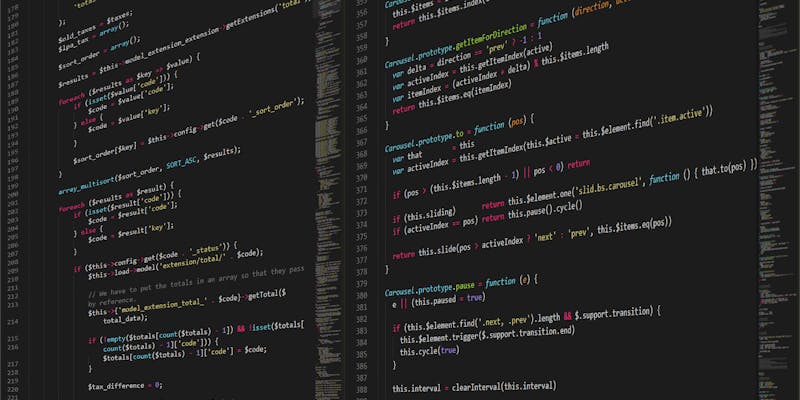ConnectWise rapidly responded to critical security flaws in its ScreenConnect tool after discovering a crucial authentication bypass and a path traversal vulnerability. These issues posed significant threats, compromising data and potentially leading to unauthorized code execution. Given the extreme severity, evidenced by a 10.0 CVSS score for the bypass and 8.4 for the path traversal, swift action was essential.
Despite no exploitation being detected, the risks of a successful attack—data exposure, operational disruptions, and reputation damage—demanded prompt patches to secure ScreenConnect. This response underscores the importance of addressing theoretical vulnerabilities proactively to maintain robust security. ConnectWise’s proactive measures aimed to preempt any exploits that could take advantage of these vulnerabilities, emphasizing the company’s commitment to the security of its application and its users’ data.
Prompt Patching is Paramount
ConnectWise has acted quickly to fix serious security flaws in its software by issuing patches. Highlighting the urgency, the company has urged users, particularly those of self-hosted or on-premise variants, to promptly update to the latest version, specifically version 23.9.8., to mitigate any risks. This haste is driven by the heightened pressure on IT teams to ensure that ScreenConnect installations are up-to-date and secure, following these security oversights.
Cybersecurity experts, such as those from Huntress, have exposed the extent of the issue by revealing that over 8,800 servers are running outdated, vulnerable ScreenConnect versions. Huntress has also shown how easily these vulnerabilities could be exploited, underlining the need for swift updates. While ConnectWise has released updates for versions 22.4 through 23.9.7, their firm advice is to upgrade to version 23.9.8 for optimal security, as this is where the vulnerabilities have been fully resolved.
The Response from ConnectWise
Comprehensive Patching Efforts
In response to the discovery of critical vulnerabilities, ConnectWise swiftly issued updates to bolster security across versions 22.4 to 23.9.7 of their software. Recognizing the risk these security gaps posed, ConnectWise advocates for customers to promptly upgrade to the latest version, 23.9.8, which contains comprehensive fixes and enhancements. This version stands as the safest option for users of ScreenConnect, addressing the current vulnerabilities identified.
ConnectWise’s rapid actions exemplify the importance of a reactive yet consistent approach to cybersecurity within the software realm. By quickly providing patches and urging users to update, ConnectWise has exemplified how software companies should act in the face of potential security breaches, emphasizing ongoing development and security integration. Their measures reflect a commitment to iterative improvements that fortify digital platforms against emerging threats.
Proactive Measures for Users
Users of ConnectWise’s ScreenConnect must urgently install updates to fend off potential cyber threats, as recent vulnerabilities pose significant risks. Cybersecurity vigilance and adherence to best practices are more vital than ever, and the swift response from ConnectWise to rectify these issues is noteworthy. However, users hold the responsibility to incorporate these fixes promptly into their systems. Cybersecurity entities like Huntress are key in uncovering such risks and fostering awareness. Their research showcases the alarming scope of potentially affected servers, underlining the necessity of cooperation between companies like ConnectWise and cybersecurity professionals. This situation highlights the critical nature of regular software updates and attention to security alerts as fundamental components of effective cyber-defense strategies. Firms big and small must recognize the essentiality of these practices in safeguarding their digital environments.

